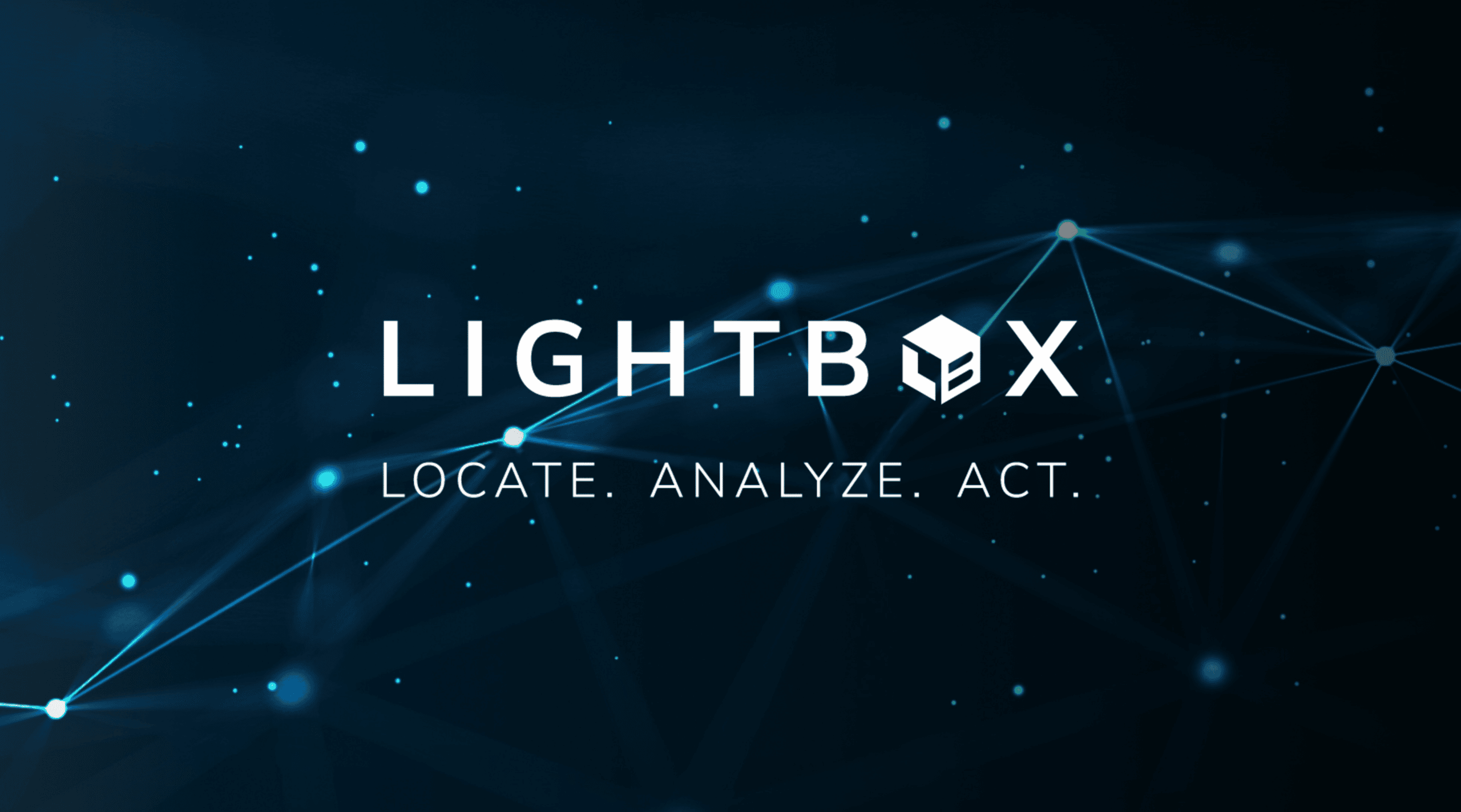5 Ways Geomarketing is Transforming the Marketing Landscape
Geomarketing, or gleaning insights from customer location data, has swiftly emerged as a powerful marketing tool that allows businesses to maximize shoppers’ wallet share by pushing out personalized ad campaigns for predefined geographies.
A survey of marketers in North America confirms that more than 70% of businesses find the knowledge of “how customers spend time in the real world” useful in planning marketing campaigns. This sentiment is echoed in BIA/Kelsey’s forecast for location-based advertising which estimates ad spending in this category to reach $39.7 billion by 2022 in the United States alone.
That this amount is more than double 2017’s location-targeted mobile ad spend of $17.1 billion ceases to surprise when you have an overwhelming majority of marketers (82%) assert in a recent study that they plan to increase their use of location data over the next couple of years.
And with location intelligence tech becoming increasingly sophisticated, you can only expect it to take marketing to a whole new level in the times to come. Here are some ways in which location data is driving even bigger innovations in the world of marketing.
Disruption through 5G communication
Canadian telecom operators, such as Telus and Rogers, are prepping to roll out 5G networks in the country by 2020 (incidentally, telecom providers are also using location intelligence to choose the best cell sites). Once consumers have access to this cutting-edge wireless technology, businesses will get access to remarkably precise location signals through which they will be able to deliver more pertinent advertising experiences.
Not surprisingly, 46% of advertisers in a study admitted they see 5G as a facilitator of advancements in real-time, location-based targeting of customers. Better access to high-quality location data will allow businesses to open new doors to personalization, enabling them to send the right message to the right person at the right place and time.
Behavioral customer segmentation
Today, marketers depend on map-ready demographic data, like age, gender, profession, etc. to understand the needs of their customers and create different personas. But location intelligence gives businesses the ability to target customers based on their habits and behavior – for example, typical hangout spots, exact time they spend at a store, or the day of the week when they are in a particular retail neighborhood. By analyzing historical data of customer behavior, location intelligence tools paint a clearer picture of what a customer needs and how those needs can be fulfilled.
Better user engagement
Location intelligence also allows businesses to divorce megaphone advertising and provide context-congruent messages to customers. A contextual message not only assures more effective user engagement but also facilitates better customer retention. This is because location-aware businesses do not need to ‘spam’ their patrons with incessant notifications throughout the day. They know exactly where and when to send a value-added message which will reactivate a dormant user. At the same time, location intelligence helps to identify the top-spending customers and allows businesses to discover why they keep coming back. This knowledge can then be used to nurture the entire user base.
Trend-spotting with ML and AI
With the sensor revolution creating mountains of location data every day, there is a huge opportunity for businesses to uncover hidden trends and patterns from these information streams. By using machine learning (ML) algorithms and artificial intelligence (AI) technologies to crunch the data, businesses could see vast improvements in the effectiveness of their targeted advertising campaigns.
Historic location data is critical to determining the shape of customer journeys, ascertaining the perfect geographies for new stores, and predicting what is going to happen in the future based on customers’ past actions.
For example, by combining location data with other data like time, traffic information, and home address, a retailer could determine how many customers pass by on their way home. These customers could then be sent targeted coupons and discounts an hour before their expected drive time.
Exceptional trade area analysis
Location intelligence not only helps marketers to understand the business conditions inside a store but also empowers them to analyze the market conditions around different outlets. With comprehensive location data and analytical tools, a company’s leadership team can visualize how rival stores are growing, where a competitor’s trade area overlaps their own, and where they are losing out on market share.
For example, analytics may help a brand discover that its most regular customers in an area are shopping 10 miles away from their homes – likely because they prefer going to a store nearer to their workplace. Such insights would not be possible without location intelligence.
In the end, there is no question that data-based insights and location intelligence are helping businesses increase sales and chart a path for long-term success. With location-based data multiplying every day, an organization’s ability to manage its flow and derive actionable information from it will become key for its success.
To know more about how you can convert first-hand location data into opportunities for impact, contact us here.
